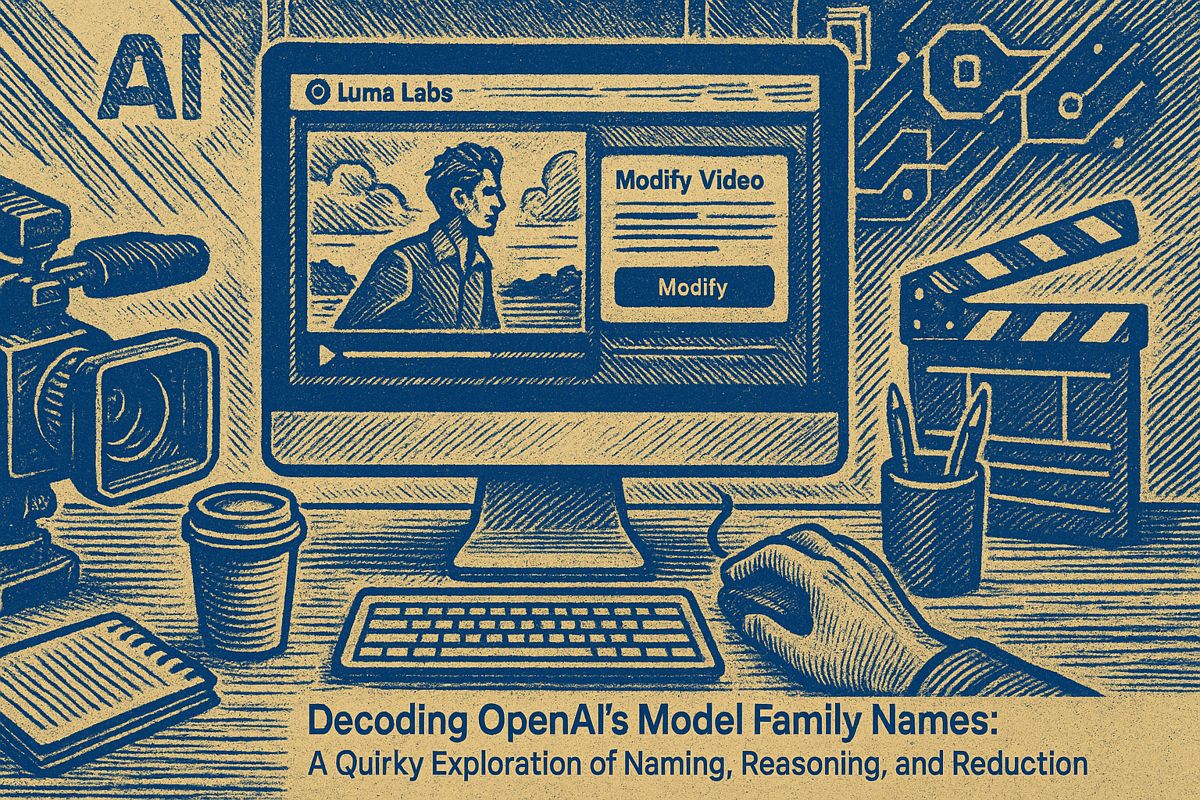Employee engagement is hitting new lows around the world, costing trillions in lost productivity. Old management styles and poor manager training are big reasons why people feel disconnected at work. Managers are feeling burned out, especially younger ones and women, and many top workers are looking for new jobs. Technology, especially AI, can help or hurt, depending on how smartly it’s used. The best companies are switching to more frequent feedback, coaching, and real-time recognition to help workers feel valued and stay engaged.
What is causing the employee engagement crisis and how can companies address it in 2025?
The employee engagement crisis stems from outdated management practices, lack of adequate manager training, and poorly implemented technology. Companies can boost engagement by adopting modern enablement models: frequent goal check-ins, real-time feedback, continuous development, peer recognition, and focused manager coaching.
Gallup’s 2025 State of the Global Workplace report contains one sobering headline: global employee engagement has fallen to 21 percent, its second dip since 2009 and the lowest reading since the pandemic. In the United States the figure is 31 percent – level with 2014 and the worst result in a decade. Behind the headline sit numbers that should wake up every C-suite: lost productivity is now costing the world economy between USD 438 billion and USD 8.9 trillion a year, or roughly 8–9 percent of global GDP (Gallup, 2025).
What the flat line really means
A flat or declining engagement curve is not a data glitch; it is a systemic signal. Traditional performance management – annual reviews, stacked rankings, once-a-year goal setting – was designed for industrial-era work, yet three-quarters of Fortune 500 companies still rely on some version of it. Gallup’s analysis shows that only 44 percent of managers have received adequate management training, yet those who do are 22 percent more engaged themselves and lead teams that are 18 percent more engaged (Gallup Workplace Report, 2025).
The manager crisis
Managers are the thinnest and most frayed part of the rope:
– Global manager engagement dropped from 30 percent to 27 percent in 2024
– The sharpest declines were among women managers (-7 points) and managers under 35 (-5 points)
– In the US, 17 percent of employees are now actively disengaged, meaning they are both unhappy and likely to spread negativity
Younger leaders, in particular, are opting out. Nearly 80 percent of high-performing AI-savvy employees – often early-career – say they are actively job hunting, creating a looming leadership pipeline vacuum (Betterworks 2025 study).
Technology as amplifier
Artificial intelligence is not the villain, but it is an accelerant. Organizations that weave AI into daily workflows see 45 percent higher response rates on engagement surveys and 33 percent higher satisfaction from AI-powered recognition programs. Conversely, rushed roll-outs leave 47 percent of workers feeling unprepared and 95 percent distrusting leadership to manage the transition responsibly (SHRM, 2024).
From supervision to enablement
Best-in-class companies are moving from controlling to coaching. The playbook in 2025 looks like this:
| Practice | Traditional Approach | 2025 Enablement Model |
|---|---|---|
| Goal setting | Annual cascade | Weekly OKR check-ins, AI nudges |
| Feedback | Annual review | Real-time pulse surveys, peer kudos |
| Development | One-off courses | Micro-learning embedded in workflow |
| Recognition | Top-down bonuses | AI-driven, peer-to-peer praise |
| Manager training | Event-based | 90-day coaching sprints |
Companies adopting these practices see up to 28 percent improvement in performance metrics within a year (PMC Leadership ROI Study, 2024).
The cost of doing nothing
- Actively disengaged employees cost the US economy USD 1.9 trillion in lost output last year
- Replacing a single top-quartile performer now runs to 1.5–2.0× annual salary when onboarding, ramp-up, and lost productivity are included
- Low-engagement organizations have absenteeism 81 percent higher and quality defects 60 percent higher than high-engagement peers
Moving forward
The data are unambiguous: engagement is not a “nice to have”; it is a board-level economic risk. Leaders who treat it as an HR initiative will keep staring at a flat line. Those who re-architect how work is assigned, recognized, coached, and led – starting with their managers – can still bend the curve upward before the next survey cycle.
Why has employee engagement flatlined despite years of investment?
U.S. engagement has dropped to 31 % in 2024 – the lowest figure since 2014 – while global engagement is only 21 %, a second consecutive decline since the 2009 recession. The numbers show that traditional perks, town-halls and annual surveys have lost traction. Gallup attributes the stall to systemic flaws: rigid performance management, unclear career paths, and leaders who still “command instead of coach.” In short, well-being budgets have grown, but the management model has not evolved.
How are AI and rapid tech change affecting managers and their teams?
Artificial intelligence is no longer a future trend; 52 % of organizations already use AI to drive engagement. When implemented well, AI-assisted recognition programs raise satisfaction by 33 % and predictive analytics spot flight-risk employees with 87 % accuracy. Yet the upside hinges on enablement: rushed roll-outs leave 47 % of workers feeling unprepared and 78 % of AI-power users actively job-hunting because firms invested in tools, not training. Managers now juggle algorithmic dashboards, workforce restructures and executive pressure – all without updated skills. The result: manager engagement fell from 30 % to 27 % globally, with the steepest drops among women (-7 pts) and under-35 leaders (-5 pts).
What is the real economic cost of disengagement?
Low engagement is not an HR headache; it is a macro-economic drag. Lost productivity now costs the global economy between $438 billion and $8.9 trillion annually, equivalent to 8-9 % of global GDP. At company level, disengaged teams experience 20 % lower performance and 87 % higher turnover. With 62 % of the workforce “not engaged” and 17 % actively disengaged, the hidden bill shows up as missed deadlines, slower innovation and ballooning recruitment costs.
Which leadership levers actually move the needle in 2025?
Data from this year’s best performers points to four consistent moves:
- Coach, don’t command – shift 1:1s from status updates to structured coaching (GROW model). Teams with coaching managers are 22 % more engaged.
- Daily micro-learning – embed 5-minute leadership nuggets inside workflow tools instead of quarterly off-sites. Targeted programs boost performance by up to 28 %.
- Real-time feedback loops – monthly pulse surveys and dashboards let managers spot friction within days, not quarters.
- Manager enablement budgets – companies that invest in manager training see an 18 % uplift in team engagement, yet only 44 % of managers receive adequate training today.
How can enterprises future-proof their leadership pipeline?
Forward-looking firms are redesigning their entire leadership architecture:
- Capability frameworks over static competencies – emphasising adaptability, innovation and digital fluency.
- Rotation & stretch assignments – expose high-potentials to AI roll-outs and cross-functional crisis teams early.
- Inclusive succession pools – reverse the 7-point drop in women-manager engagement with sponsorship programs and flexible promotion tracks.
- ROI tracking – tie leadership development spend to engagement KPIs and revenue per employee, raising accountability.
By tackling the crisis as a systemic redesign rather than an engagement initiative, organizations can reclaim the $438 billion left on the table and build a workforce ready for the next wave of technological disruption.



















